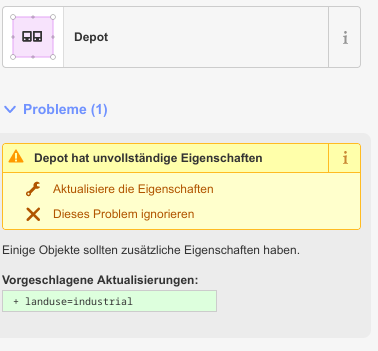In the USA, there are many instances (especially in urban areas / central business districts) where a single “site,” a building, usually, is what we call “mixed use.” For example, my little city has what many decades ago was an old leather tannery, but over the last decade or two has been redeveloped into an “arts district,” where the old buildings are part live-in industrial space (for artists who lease industrial space in lofts where they can craft things like glass-blowing art and metal casting), while also having small residential apartments where they live. Additionally, there are (rather nice, high-end, “High Street”) kinds of shops where the art is displayed and sold. Restaurants and public theatre space round out the amenities, so it truly is all of commercial, residential and industrial on one site (in a couple of cases, on different floors of the same building). The solution here seems to be similar to other tagging in OSM where “the highest, most intensive usage tends to dominate the tagging.” (For example, in rail tagging, a railway is tagged usage=main instead of usage=branch even as the latter might seem more correct, because a line is a heavily-travelled passenger rail, it gets main). So our Tannery Arts Center (remains) tagged industrial, even as it also has (pockets of) commercial and residential landuse on-site.
Similarly, my little county has areas that are “zoned residential-agriculture,” roughly meaning a family farm (farming occurs, but there is also an area surrounded by landuse=farmyard which has a house, barn and other appurtenant structures for farming, or living, such as a poolhouse to house the machinery to filter / heat the water and offer clothes-changing cabanas).
So, you absolutely can have two primary land uses at the same time, even in the same building, for example on different floors. Mostly, “pick one,” again, it has emerged as an OSM convention to use “highest use” (often industrial) when there is a choice. This isn’t limited to big, urban centers, either: there are many, many small towns across this country where a shop exists at the ground level and the owners / proprietors live upstairs. There may also be a “shop around the back” for maintenance / repair which could correctly be classified as industrial landuse, so again: a “three-in-one.” In that case, I’d tag landuse=commercial, as that predominates.

